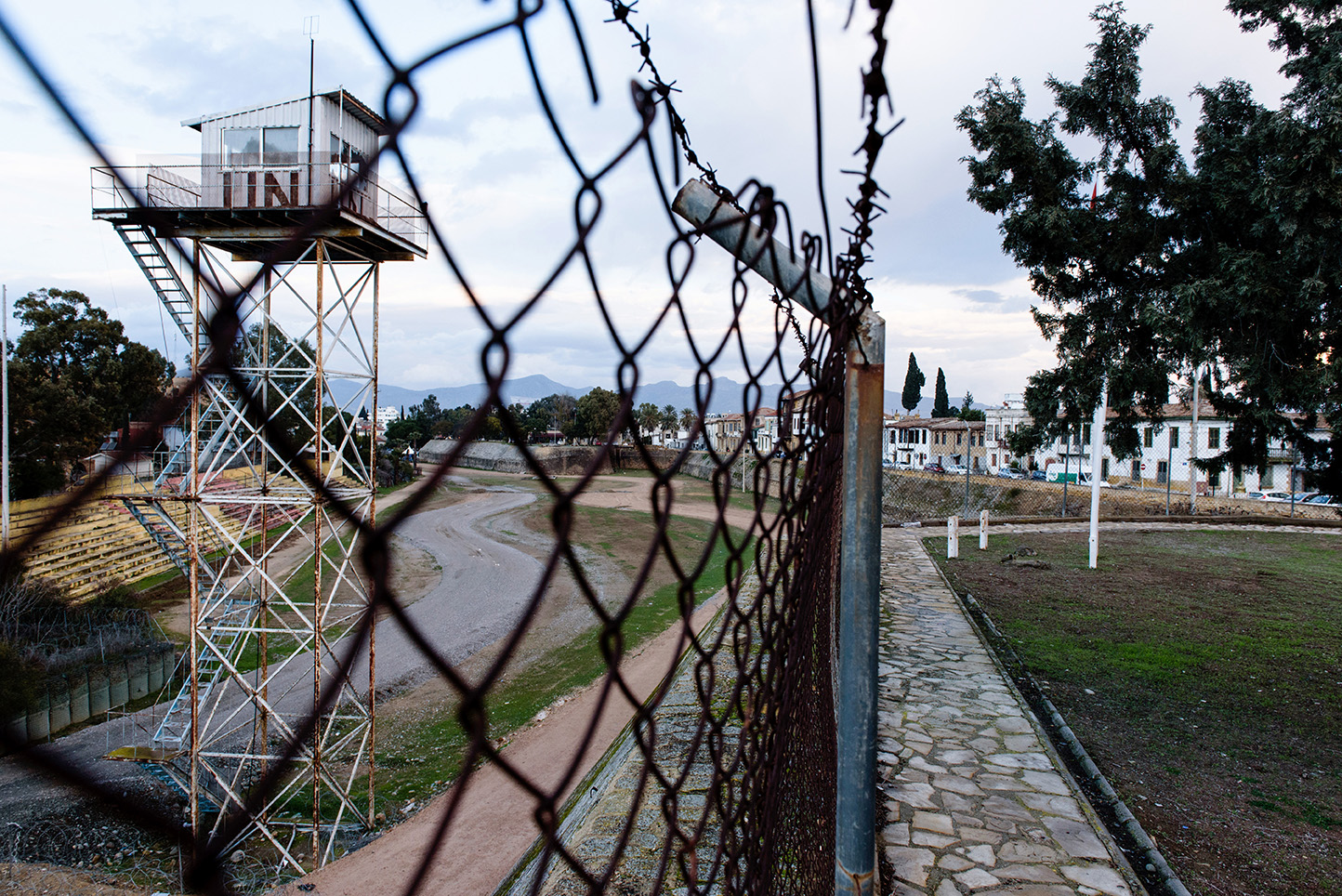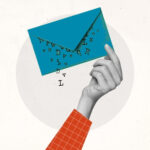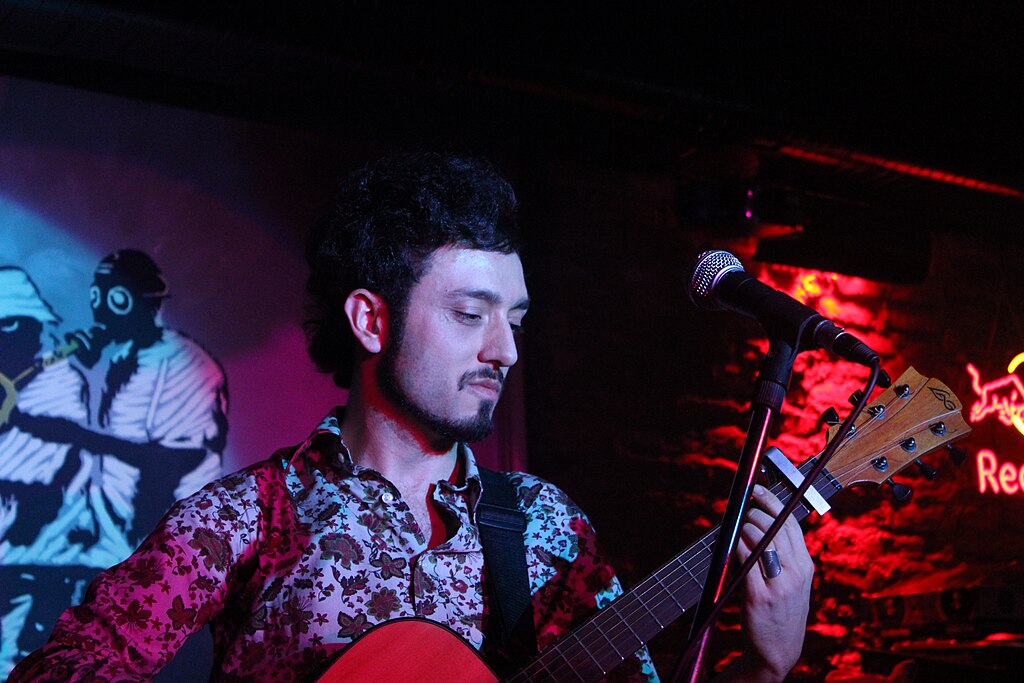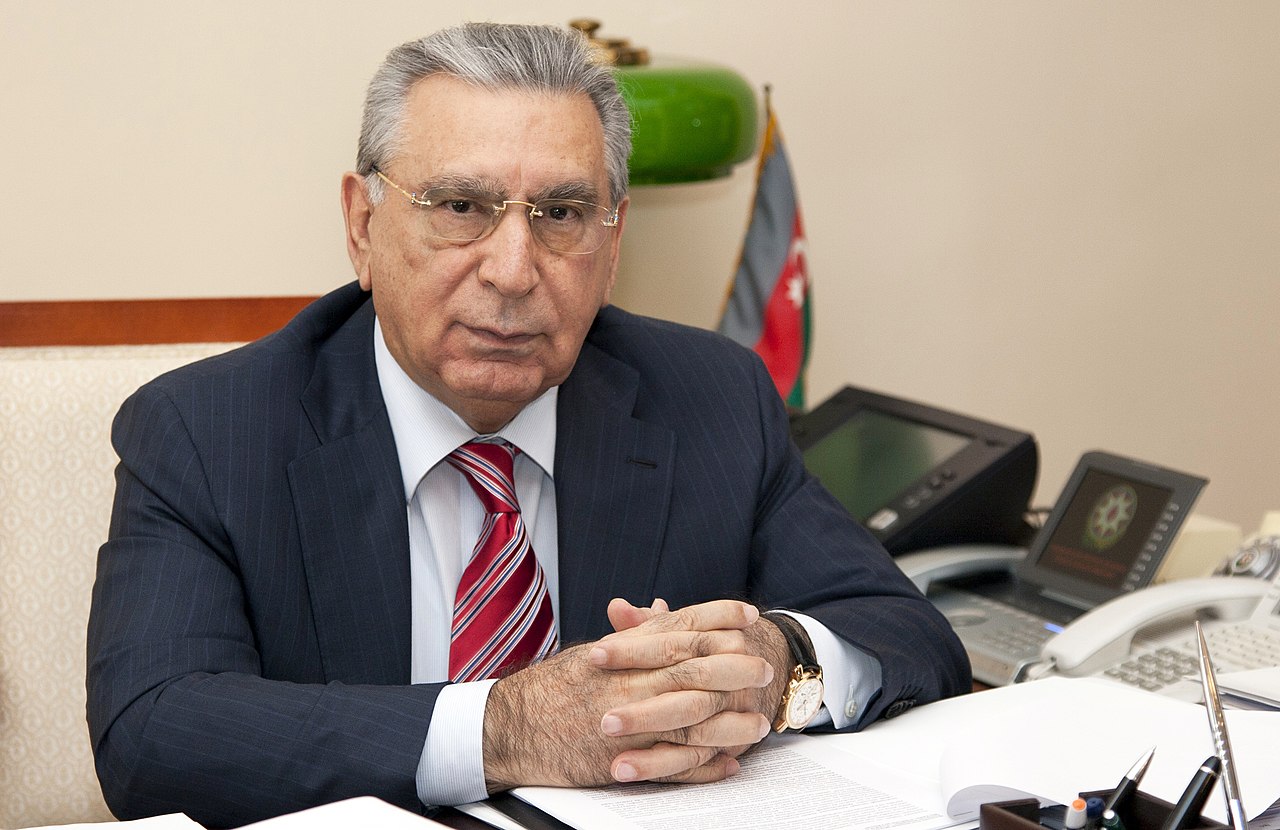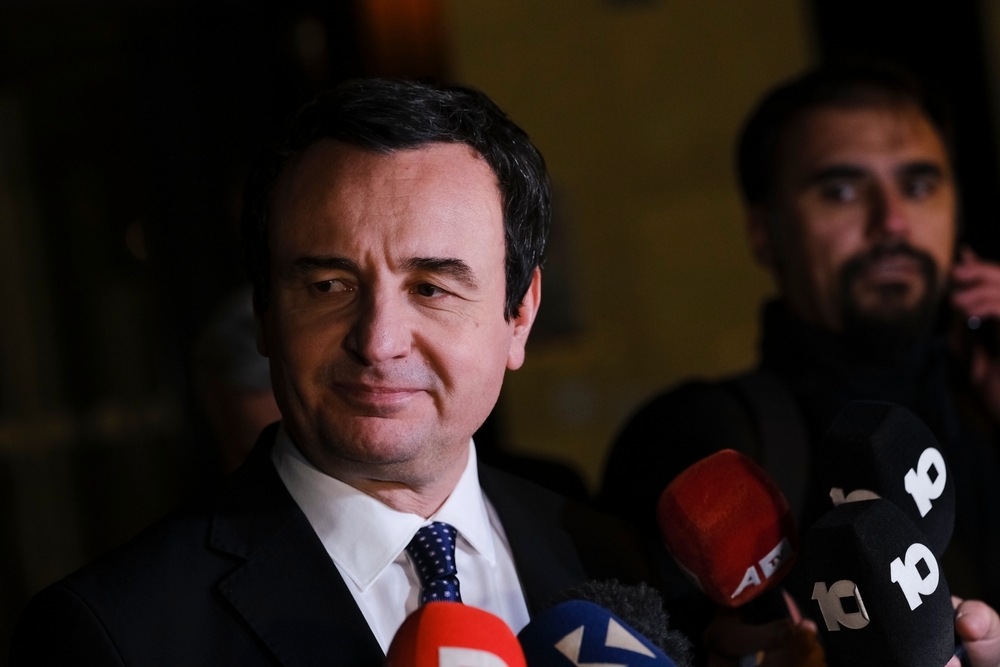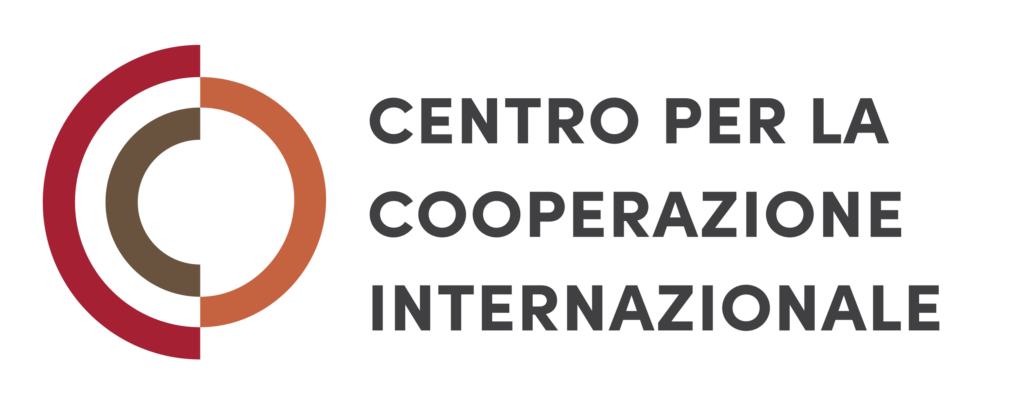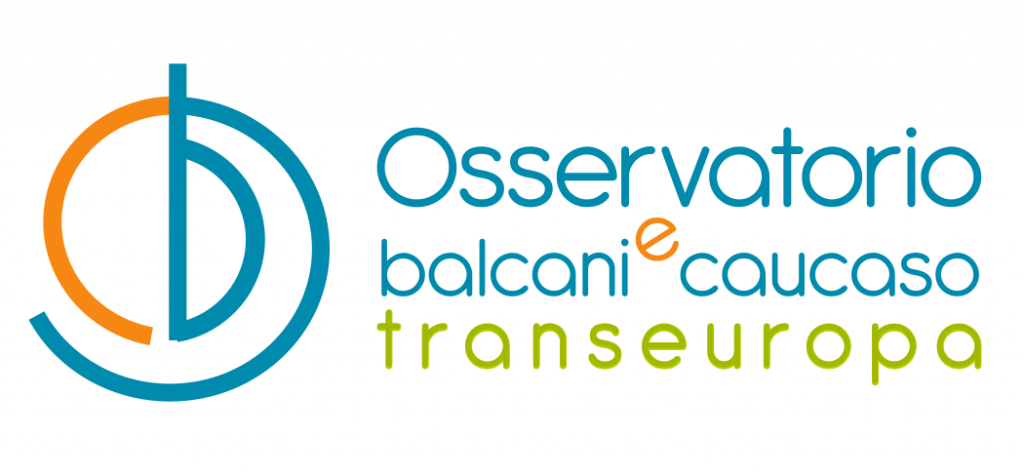BiH, The Power of Archives in the Construction of Memory
This year marks the thirtieth anniversary of the Srebrenica genocide. Among the many events commemorating this tragedy, the conference "Why Remember? Testimonies of Light" took place in Sarajevo from 7 to 9 July. A few reflections on some of the key themes emerged during the conference
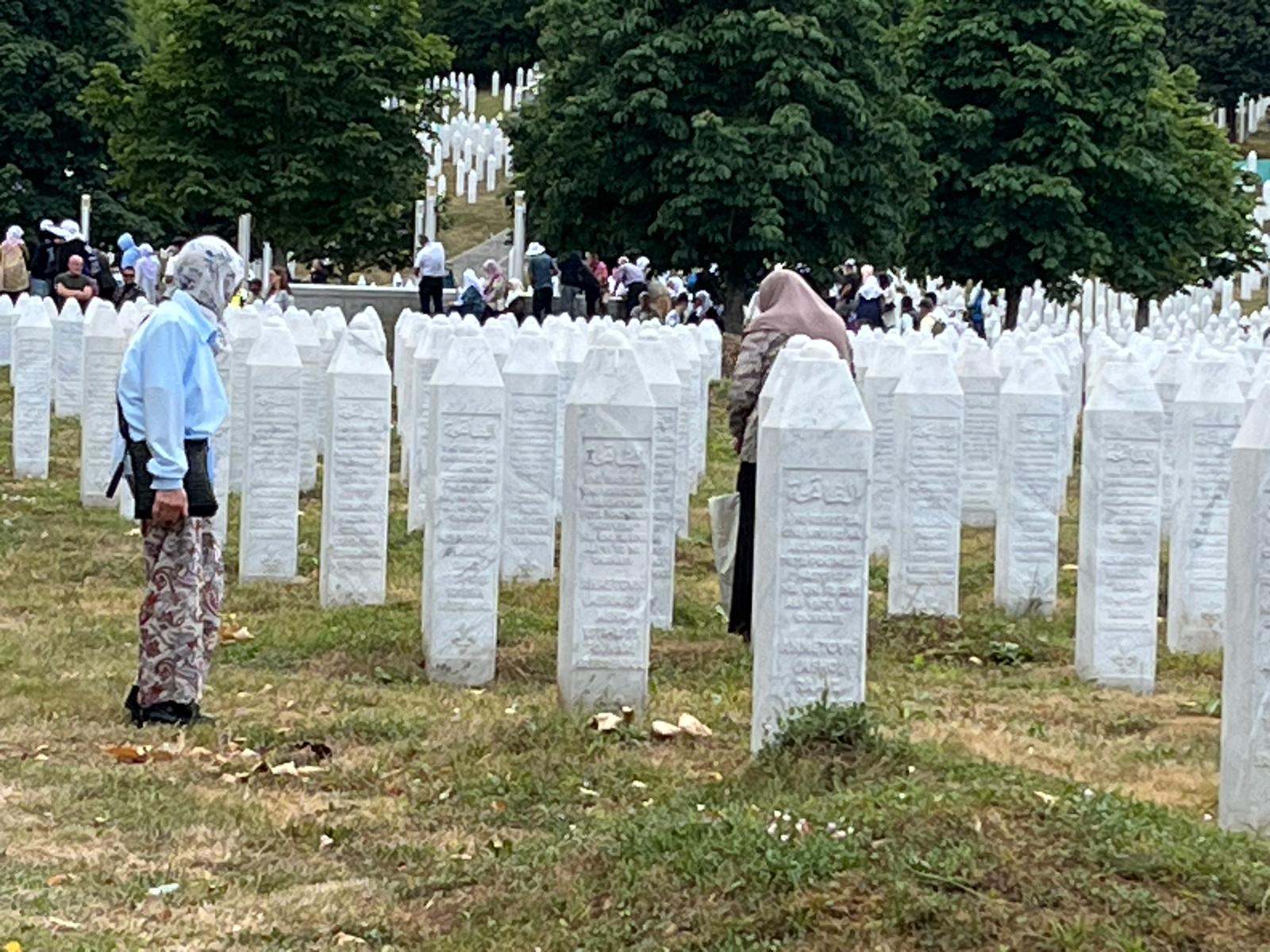
BiH-il-potere-degli-archivi-nella-costruzione-della-memoria-1
Potočari Memorial, BiH - N. Corritore
The war in Bosnia and Herzegovina, whose end is being marked this year on its thirtieth anniversary, was characterised by the killing of over 100,000 people, the displacement of two and a half million, and countless crimes against humanity, culminating in the genocide of Srebrenica.
Alongside this violence was the systematic and deliberate destruction of material culture – what Bosnian historian Ivan Lovrenović has termed ‘memoricide’: the devastation of religious buildings, historical monuments, libraries, archives, museums, art galleries, and civil registry offices.
These sites bore witness not only to the presence of different communities across the territory but also, and crucially, to the peaceful multi-ethnic coexistence typical of Bosnia and Herzegovina.
All this destruction, of both human lives and material culture, has led to the accumulation of a vast body of new documentary material, as well as the re-signification of pre-existing sources.
One prominent example is the immense volume of documentation gathered since the establishment of the International Criminal Tribunal for the former Yugoslavia (ICTY), which served as crucial evidence in the prosecution of these crimes. Destruction has also cast new meaning on family photographic archives.
Once ordinary records of everyday life, they have in many cases become the last tangible proof of lives that were erased during the war. Finally, in a context marked by the ultimate crime of genocide, human bodies themselves have become what scholar Hariz Halilović has called ‘breathing archives’, living repositories of memory bearing within them the traces of past lives and of the injustices they endured.
In his talk as keynote speaker, Hasan Nuhanović, survivor of the Srebrenica genocide and tireless activist, shed light on the immense difficulties faced in daily life by people like him in the months and years immediately following the genocide.
For a long time, many of them, such as the Mothers of Srebrenica, tirelessly searched for information about the disappeared, sometimes at great personal risk as they were moving through still very dangerous areas of Bosnia.
How does one begin to come to terms with the loss of a loved one when the hope of their return still lingers? That hope gradually faded with the discovery of the first mass graves and the identification of victims’ remains.
The painful process of identification depended not only on DNA testing but also on survivors’ memories through, for example, the recognition of personal belongings recovered from mass graves, such as fragments of clothing last seen on those who were killed.
This year, on the 11th of July, during the commemorations of the thirtieth anniversary at the Potočari Memorial, seven more individuals were laid to rest. Yet over 1,000 people remain missing.
The pain of loss is still compounded today by the absence of family photographs, often left behind during flight or salvaged only partially. In many cases, people can rely only upon their memory to preserve the image of a missing father, husband, or son.
The Facing Srebrenica project, developed by the University of Amsterdam and the Netherlands Defence Academy in collaboration with the Potočari Memorial Centre and the Netherlands Institute for Military History, has collected over 11,000 photographs taken by Dutch UN peacekeepers stationed in the so-called safe area of Srebrenica between 1994 and 1995.
This material captures interactions between soldiers and the population in Srebrenica, scenes of everyday life during the siege, and fleeting moments of humanity prior to the abandonment of the civilian population to the Bosnian Serb army. In many instances, those portrayed in the photographs were among the victims of the genocide.
These photographs, made accessible to Srebrenica survivors and their families, constitute an invaluable resource, offering visible traces of those who disappeared while they were still alive.
They also provide an opportunity to create a space for dialogue between the families of genocide victims and the difficult memories carried by Dutch veterans. The aim of this ‘participatory archive’ is to reconfigure the power dynamics between those involved, by centring the experiences of victims and survivors, while also making room for the complexity and multiplicity of perspectives and meanings that this material evokes.
Another example of how the logics underpinning the construction of archives can be challenged is found in the work of Macedonian artist Kumjana Novakova. Her film The Silence of Reason, screened on the second evening of the conference at the Kinoteka of Sarajevo, demonstrates how art can serve as a means of activating the multiple meanings that archival material can convey.
The film is made from forensic material from the ICTY archives, specifically related to the 2000 Foča rape camp trial. Testimonies from survivors appear as written text on screen, interwoven with photographs and amateur video recordings of the locations where the rapes were committed.
According to Novakova, “it is important to work with the archive and against the archive”. While the ICTY archive is of undeniable significance, it nonetheless reproduces power relations, particularly evident in cases of gender-based violence, where it remains deeply shaped by the very logic of violence it seeks to expose.
In the film, the women’s words appear in English, as the Tribunal preserved only the translated versions of their testimonies, not the original Bosnian. Novakova’s work seeks to re-centre the humanity of these witnesses by reconstructing sparse biographical details that reveal, for example, their relationships to one another, as mothers, daughters, or grandmothers.
She also highlights their strength, emphasising that it was thanks to their testimonies that wartime rape was, for the first time, recognised as a crime against humanity. In this way, Novakova’s work re-archives the material related to the Foča rapes, creating what she calls a “tiny cinematic memorial to both [the women’s] courage and their selfless contribution to a more just society”.
To conclude, these and other contributions to the conference helped to reassert the centrality of archives as spaces that are far from neutral but deeply politicised, making them all the more crucial in the construction of both memory and identity in post-conflict contexts.
It also highlighted how critical reflection on these processes and their many dimensions can be harnessed to serve justice and address the needs of individuals.
The conference "Why Remember. Testimonies of Light " was held in Sarajevo from July 7 to 9, sponsored by the London College of Communication, King’s College, Curtin University, Australia, and the Historical Museum of Bosnia and Herzegovina. This edition of the conference was sadly marked by the passing of its founder, Paul Lowe , a photographer and academic, a tireless promoter of relationships and projects.

